A breakthrough study from Murdoch University in Perth, Australia shows how special solar windows could change the future of greenhouse farming. These windows do two jobs at once – they generate electricity while helping plants grow inside.
“These transparent solar modules are a breakthrough in renewable energy technology, offering the potential to integrate solar cells into windows, buildings, and mobile devices,” says Professor Joondong Kim, who led the research published in the Journal of Power Sources.
The research team found that solar grow-rooms consumed 56% of the energy used in conventional rooms while maintaining the same environment. This matters because greenhouses typically use massive amounts of electricity for heating, cooling, and lighting – about 1.5% of Europe’s total energy consumption goes to greenhouse operations alone.
The solar windows look almost like normal glass but work differently. They let through 70% of the light plants need while capturing ultraviolet and infrared light to make electricity. During sunny days, the greenhouse created about 17 kilowatt-hours of electricity – enough to handle 24% of its power needs.
The study revealed that common greenhouse crops like tomatoes, lettuce, and bell peppers grew just as well as in regular greenhouses. Chili plants actually did better, producing 19-22% more fresh growth in the solar rooms.
The windows helped save water too. The study found 29% less water was needed compared to regular greenhouses. This could be especially important in dry regions where water is scarce.
Similar Posts
Not everything worked perfectly. Some field crops like wheat and barley struggled to grow properly. Many plants grew taller than usual trying to reach more light, and most crops took 3-17 days longer to flower. But researchers are already working on solutions to these challenges.
Looking at potential worldwide use, the team calculated that a greenhouse using these windows (about 150 square meters in size) could generate between 4,700 to 6,800 kilowatt-hours of electricity per year, depending on location. Places with lots of sunlight like Cape Town, Los Angeles, and New Delhi showed the best results.
With rising energy costs, this technology offers potential savings in greenhouse operations while maintaining crop production levels. The economic benefits could help make greenhouse farming more sustainable in the long run.
The technology still needs some fine-tuning, particularly in managing light levels and temperature control. This research demonstrates a practical approach to combining renewable energy with food production, addressing key challenges in modern agriculture.

For greenhouse operators, this means a chance to significantly reduce electricity consumption while maintaining crop production. It’s an important development in making greenhouse farming more sustainable and cost-effective, especially in regions blessed with abundant sunlight.
The research team continues working on improvements, aiming to create greenhouses that can fully power themselves while growing food year-round. With agriculture using so much of the world’s energy and water, innovations like these solar windows could help create a more sustainable future for food production.
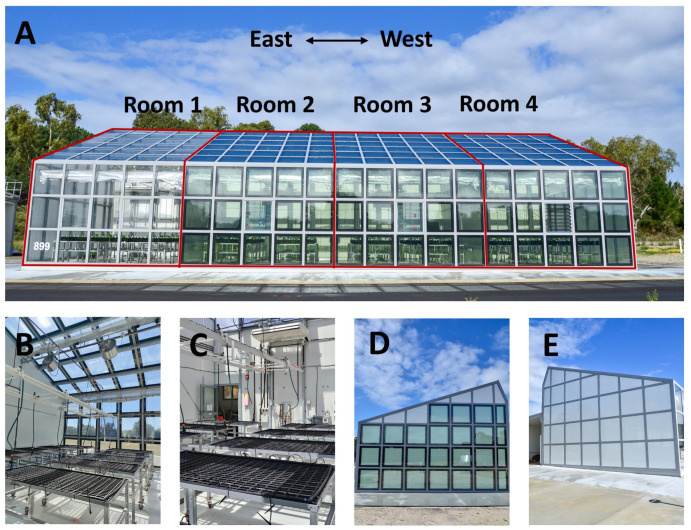



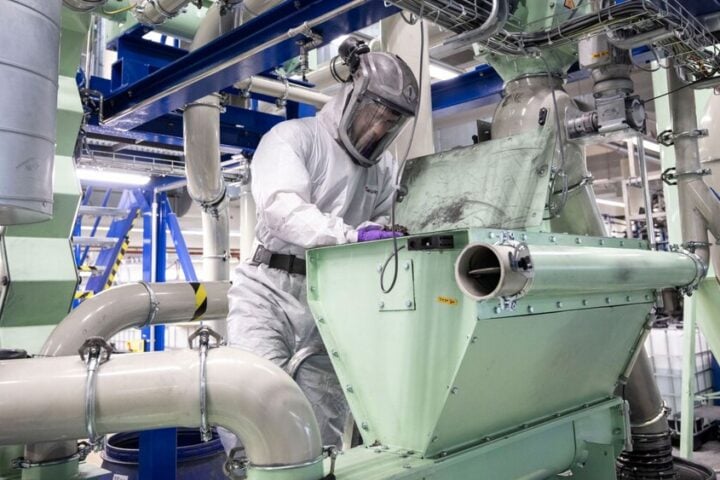
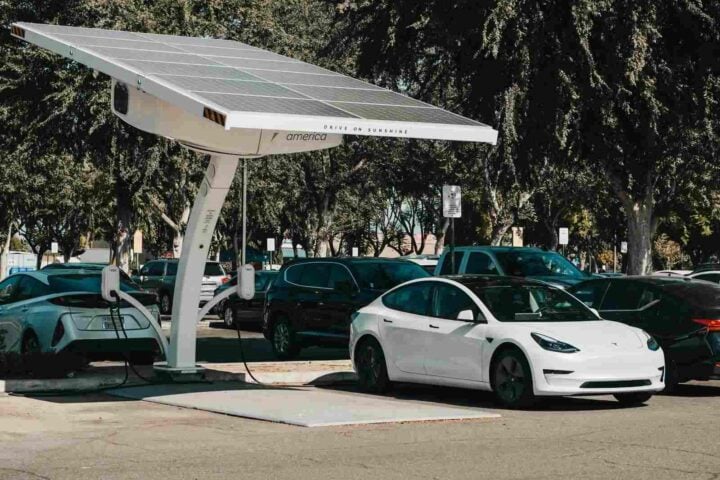
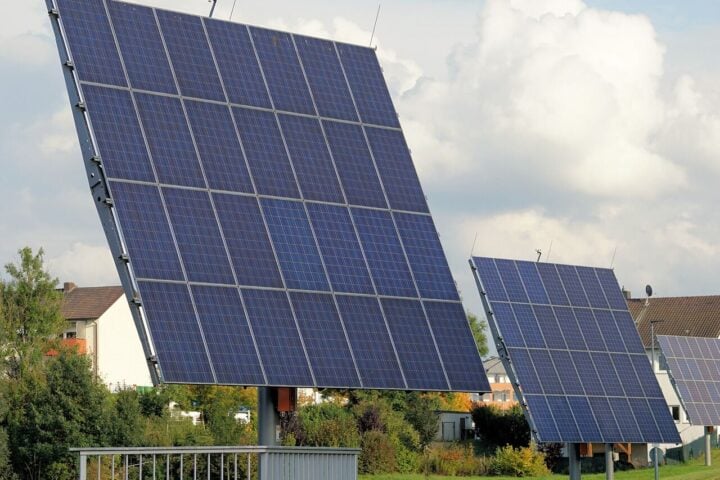
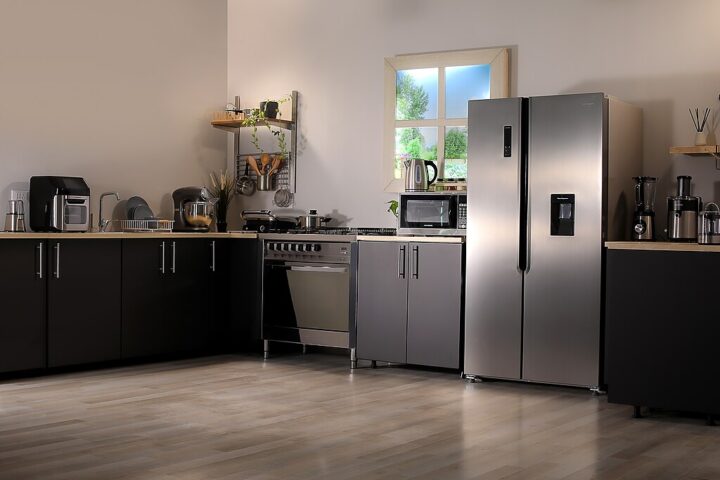

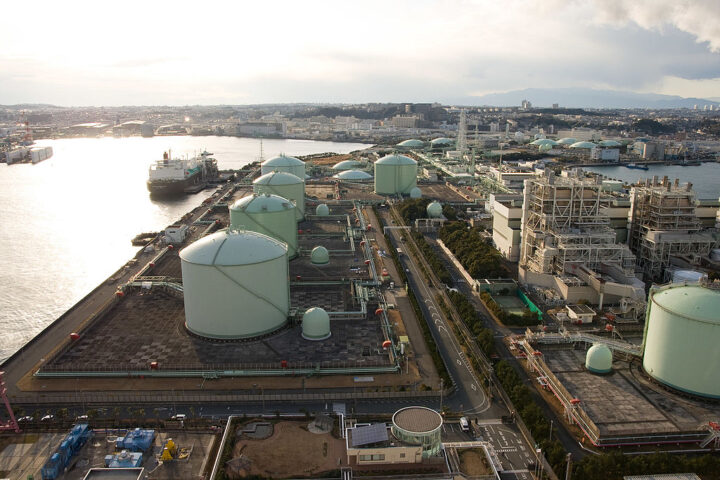
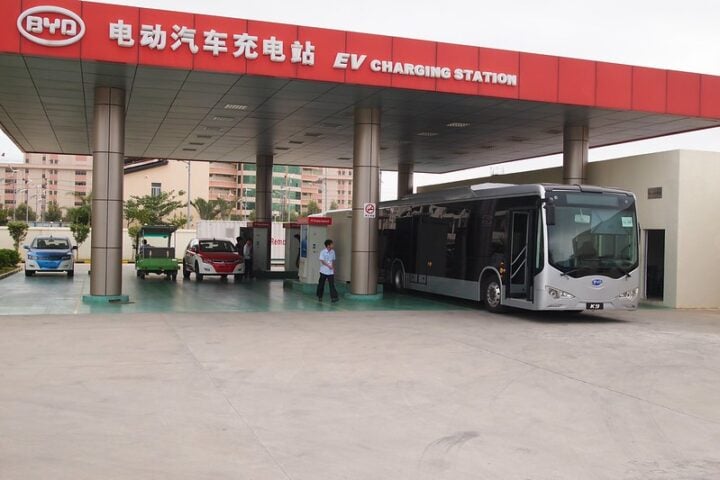
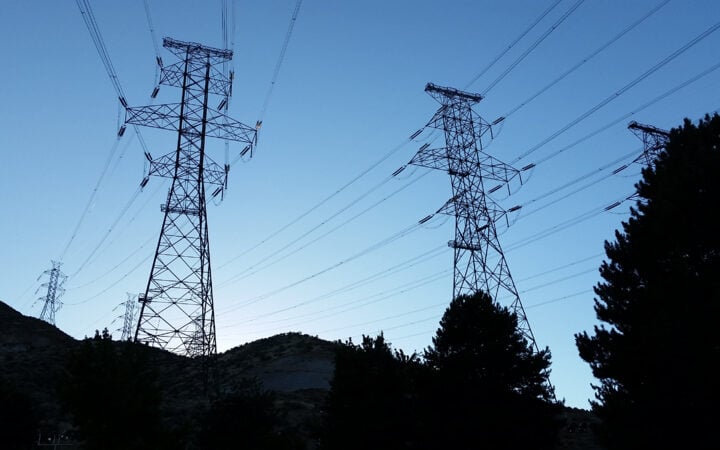




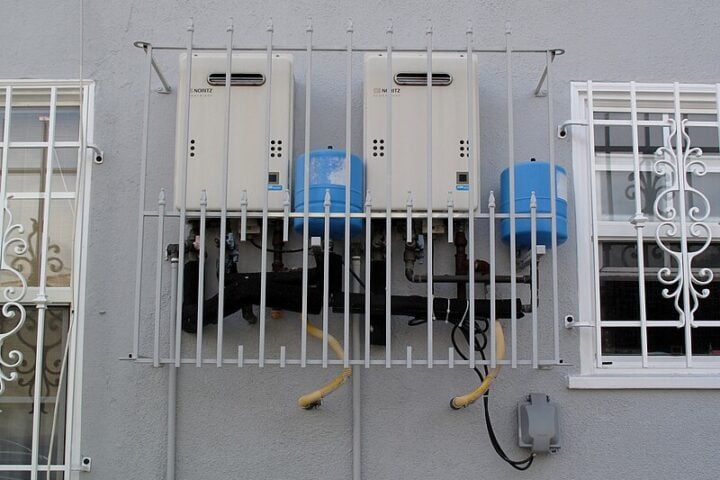
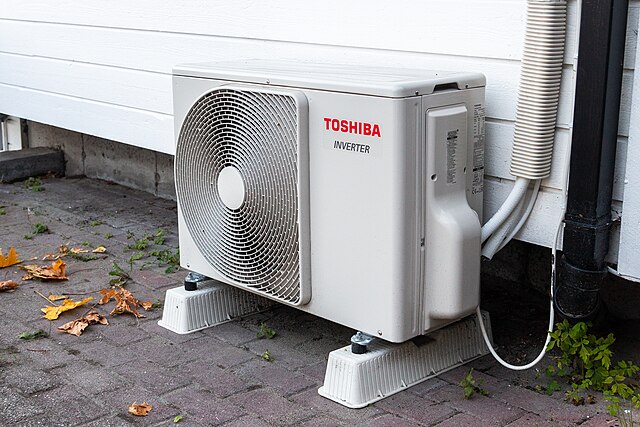
![Representative Image: European Starling [49/366]. Photo Source: Tim Sackton (CC BY-SA 2.0)](https://www.karmactive.com/wp-content/uploads/2025/04/Starlings-Drop-82-in-UK-Gardens-as-Birdwatch-2025-Reveals-Record-Low-Count-Since-1979-150x150.jpg)